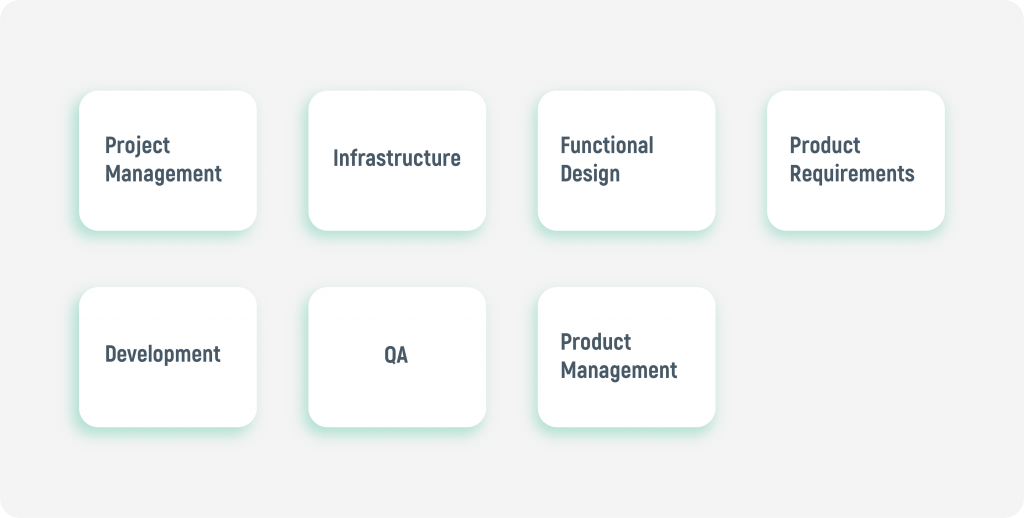Please use the RFP template attached and submit a request in Scout.
What is an RFP?
A request for proposal is the first step to initiate when choosing a vendor for your project. A good RFP outlines company or project specifics, provides detailed requirements to the product or services and gives timelines. A well-thought-out RFP structure promotes potential candidates to create informative bids. Received bids are compared in order to make an adequate conclusion about cooperation.
As a custom software development company, Qulix has received and processed hundreds of RFPs from potential customers. Detailed and comprehensive requests for proposal help vendors send an informative response as soon as possible.
We understand that writing requests for proposal for a mobile app, web, desktop or middleware or even a small site redesign can be overwhelming. So, Qulix specialists decided to share examples of a successful RFP format for outsourcing a tech project. In this article, you’ll find the recommended structure, practical tips, expert advice and examples of RFP sections.
Here is what an RFP template for software development should contain:
- Executive summary of the project and company overview
- Scope of services and deliverables
- Project Management
- Infrastructure
- Functional Design
- Product Requirements
- Development
- QA
- Product Management
3. Timeline
4. Suggested structure for vendor bids
5. Selection criteria.
Let’s consider all these points in further detail.
1. Executive summary of the project and company overview
As you write the project summary, mention its goals, objectives, requirements, restrictions in a simple and comprehensive way. Include information about your target audience. Make it informative and compressed. Most likely you are to edit this part a couple of times later, but make sure you start with it now. Add a few paragraphs about your company and its background.
As you list project goals, there are 2 things to consider:
- The goal of any activity is beyond the scope of this activity. That is, the goal of creating a website is to promote omnichannel interaction with your customers and not just sell your product. The goal of designing a B2B platform is to reduce costs and increase turnover through automation and not just develop software for interaction with customers. We need your real goals and objectives to offer a solution tailored to your needs.
- Get quantitative goals set. They may be attainable and final or just indicate the direction of business development. For example: to double sales by 2020 or to increase sales at least twice each year. No matter which option you choose, just make sure you can track progress.
This part of an RFP is pretty direct and strategy-related. However, these pieces of information are the most important ones. Make sure you answer the following questions:
- What makes your company unique?
- Which idea you would like to implement?
- Do you have a project vision?
- Which values this project should add to the existing business processes of your company?
- Who is your target audience? For who will the outsourcing software company be designing?
- What are the pain points and obstacles you’re trying to overcome?
- Why your current solution isn’t working (if any)?
Feel free to add information you find crucial to help your potential vendor get a better understanding of your business.
2. Scope of services and deliverables


As we move to the technical part of your RFP, it starts getting a bit more complicated. This part is likely to be the longest part of your request for proposal for a software development company. The more details you specify here, the more accurate cost calculation you can get from your vendor.

Comments
0 comments
Please sign in to leave a comment.